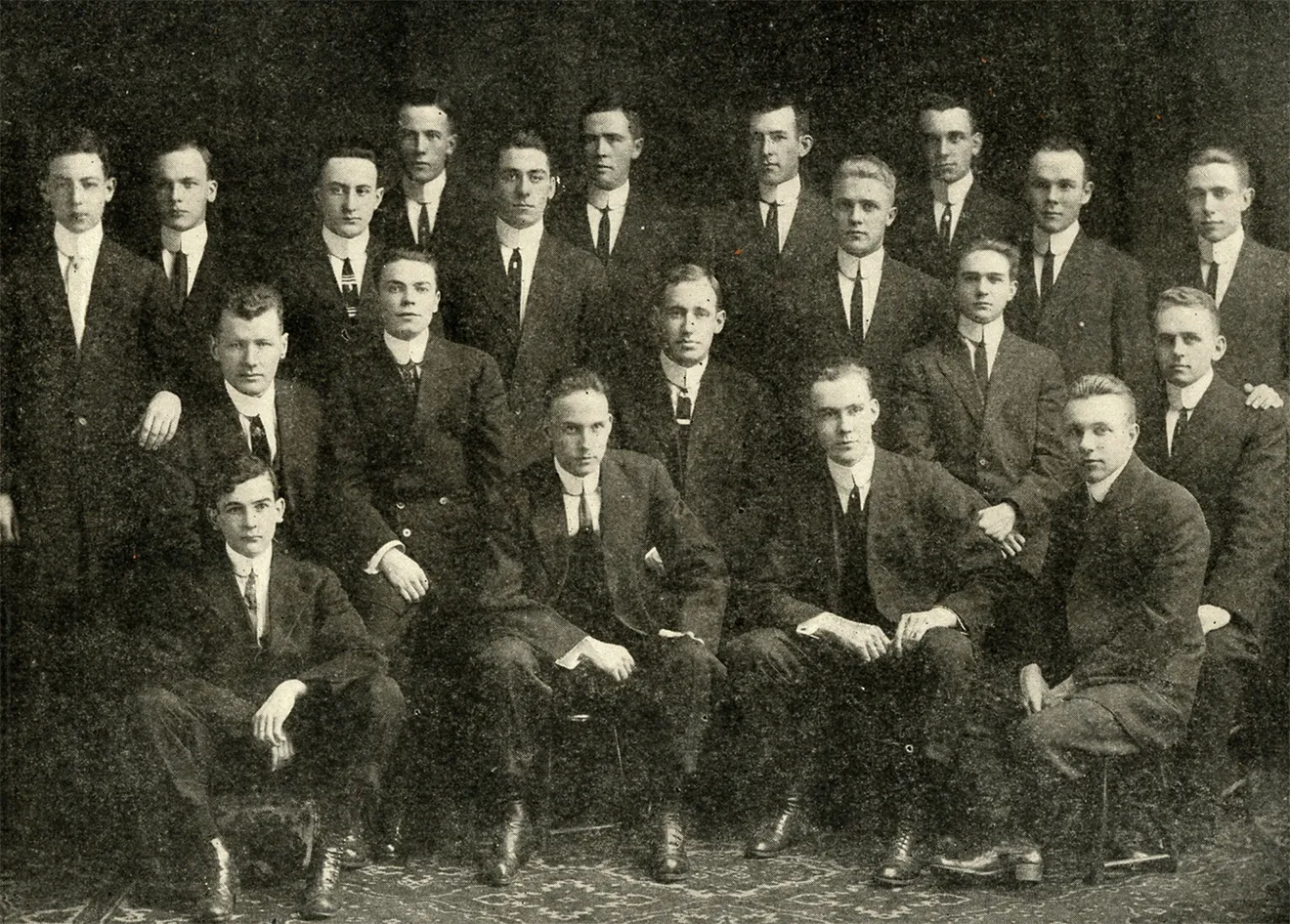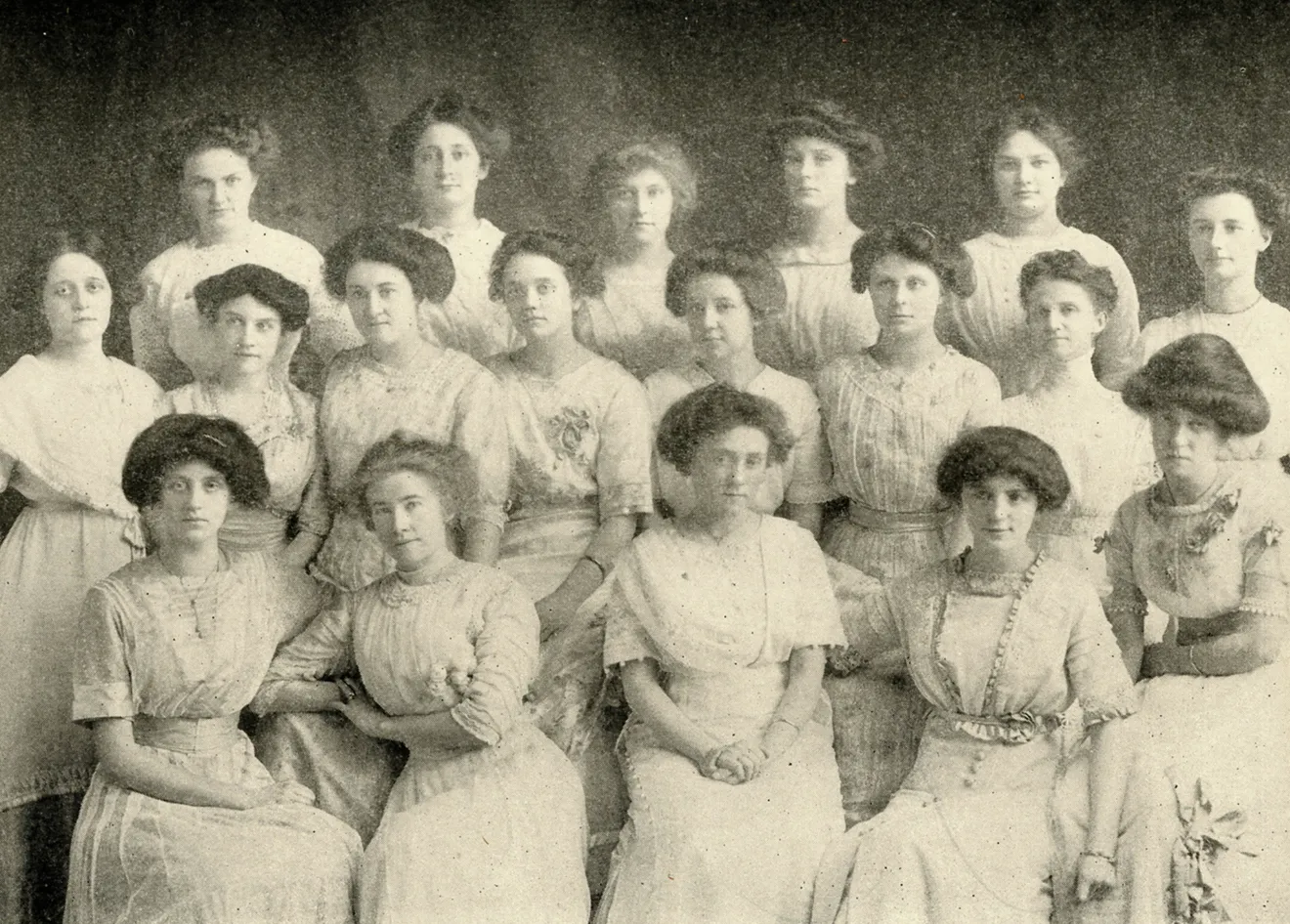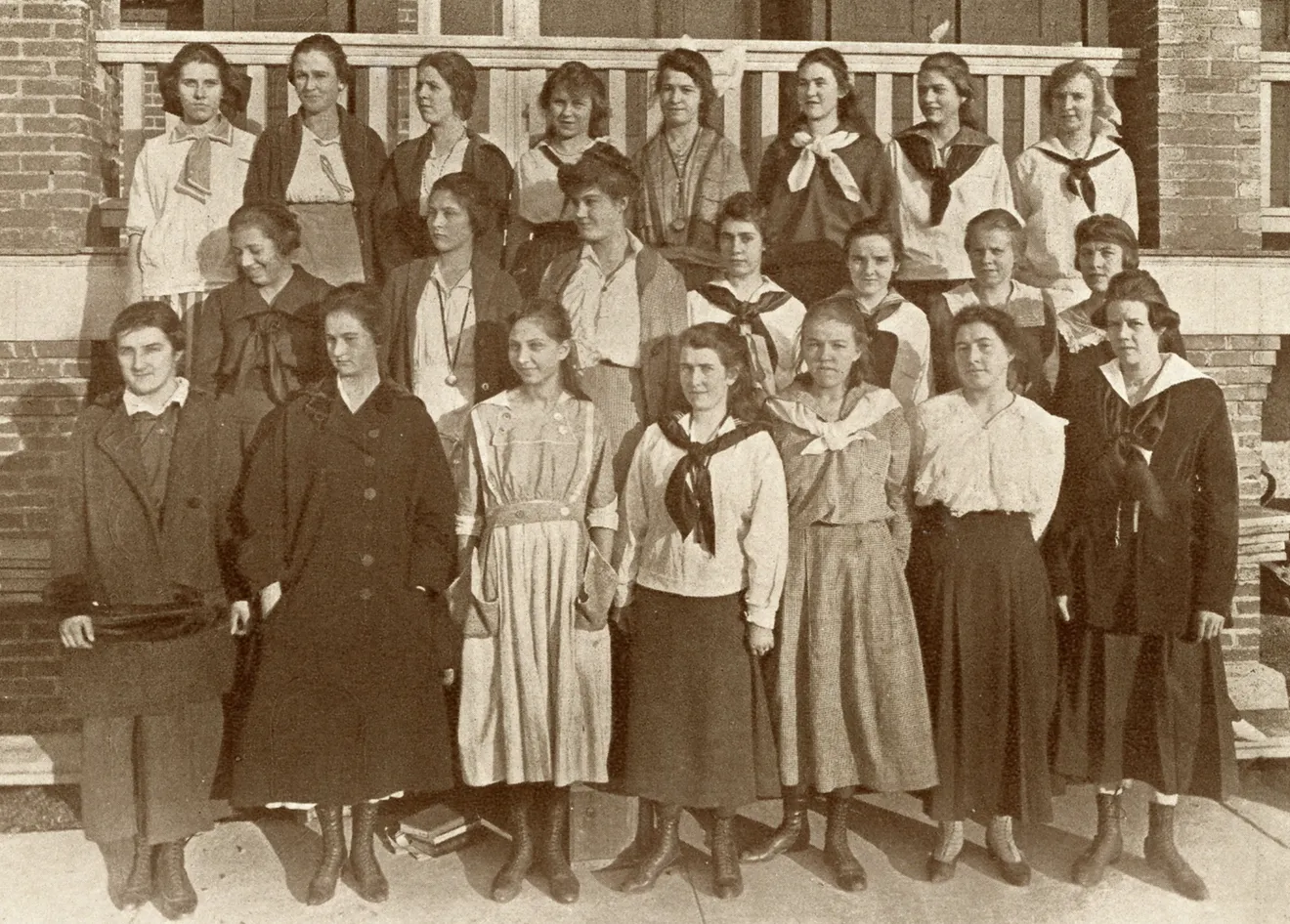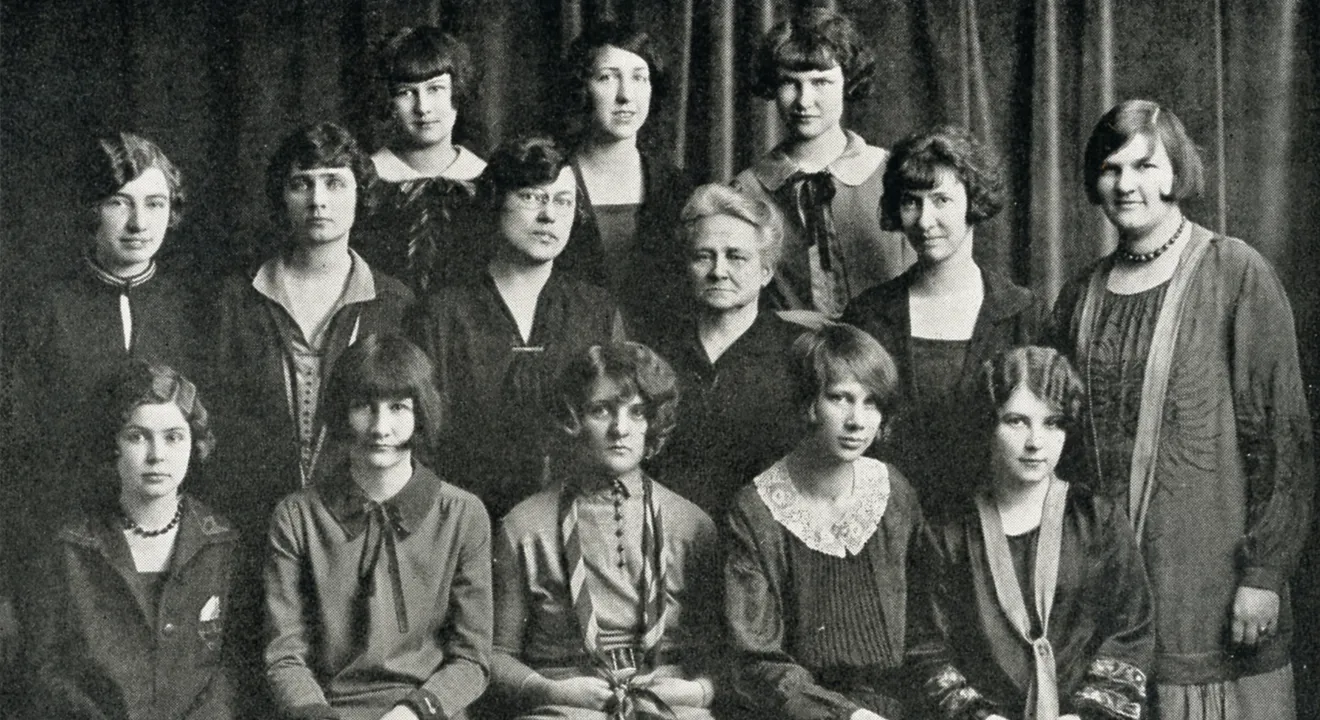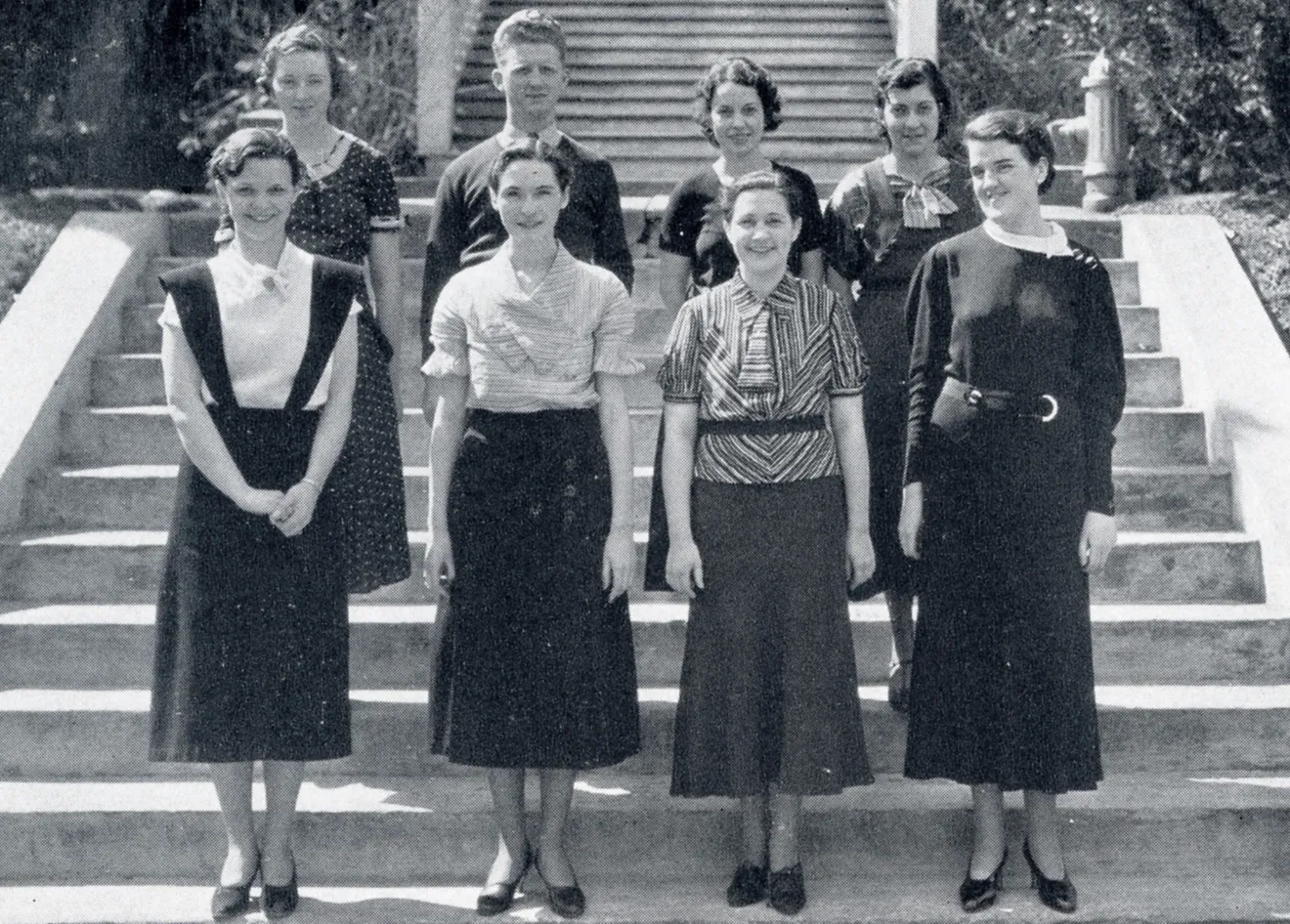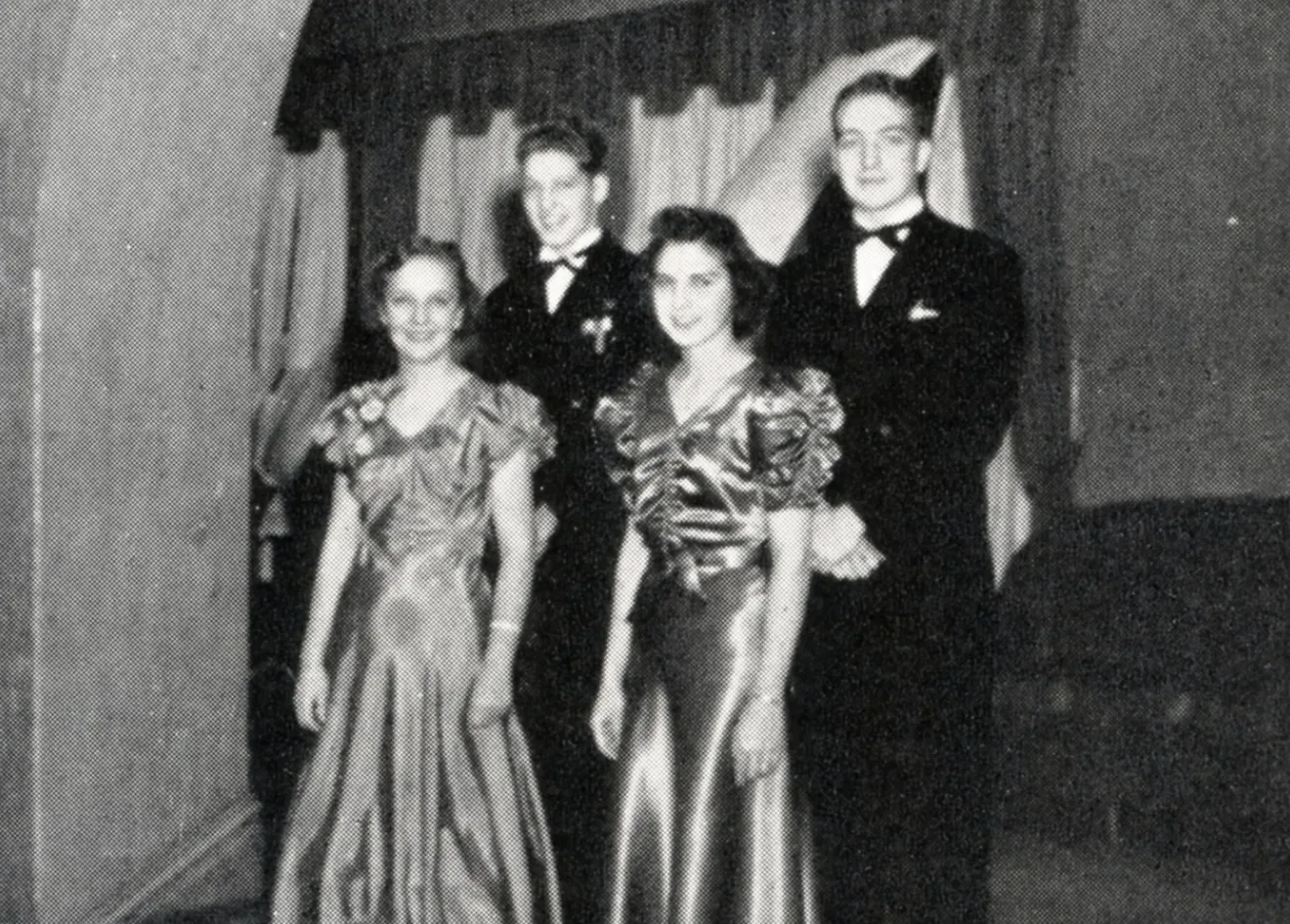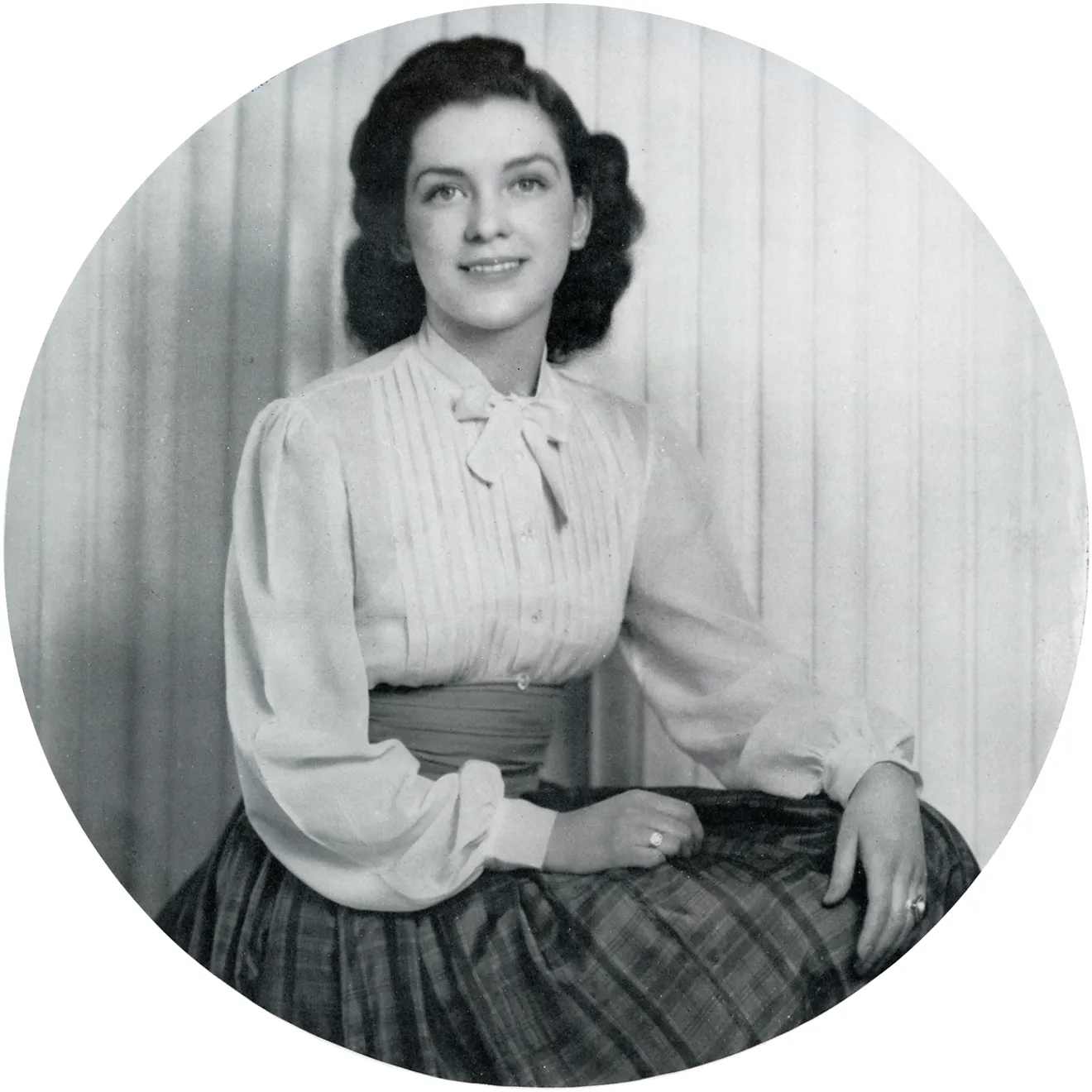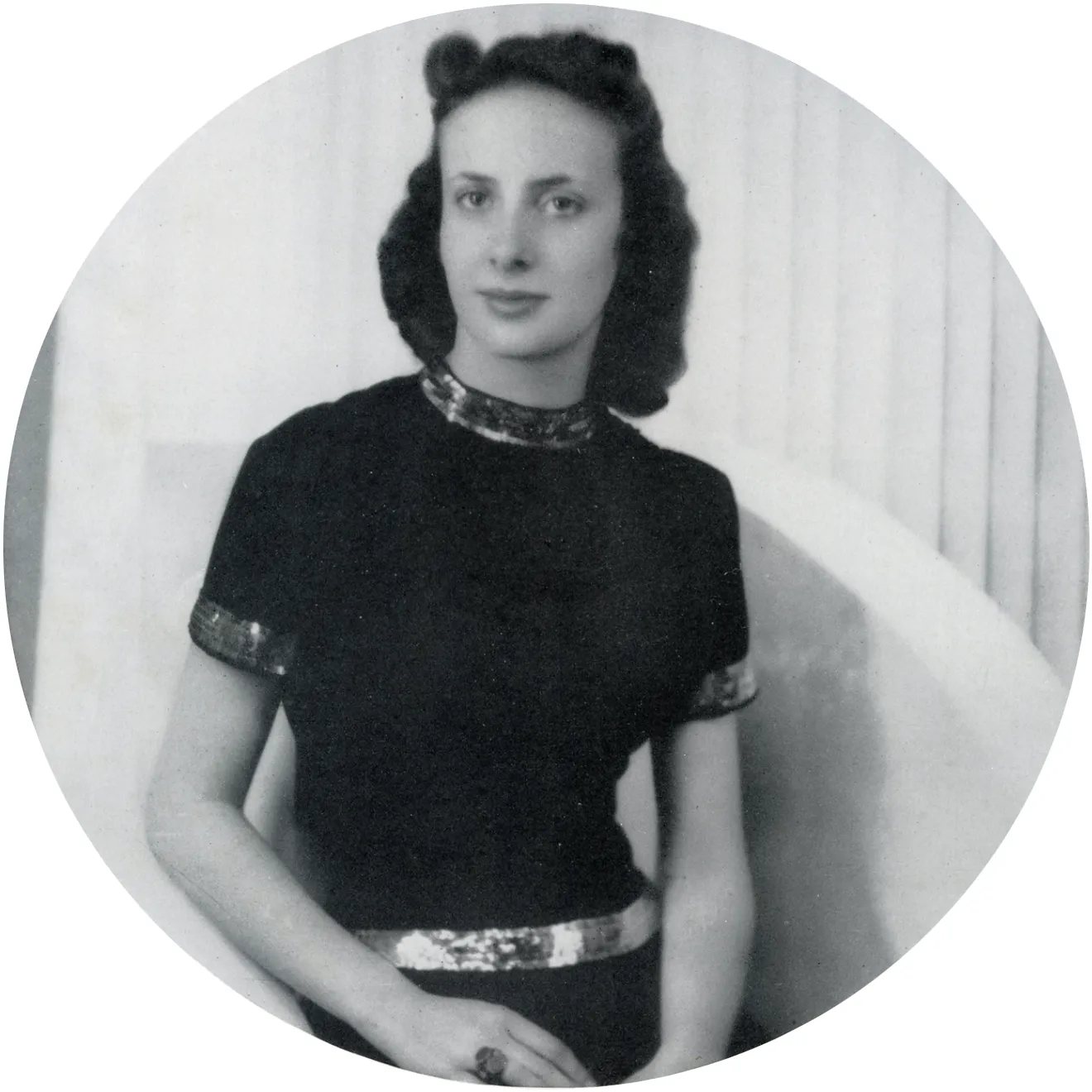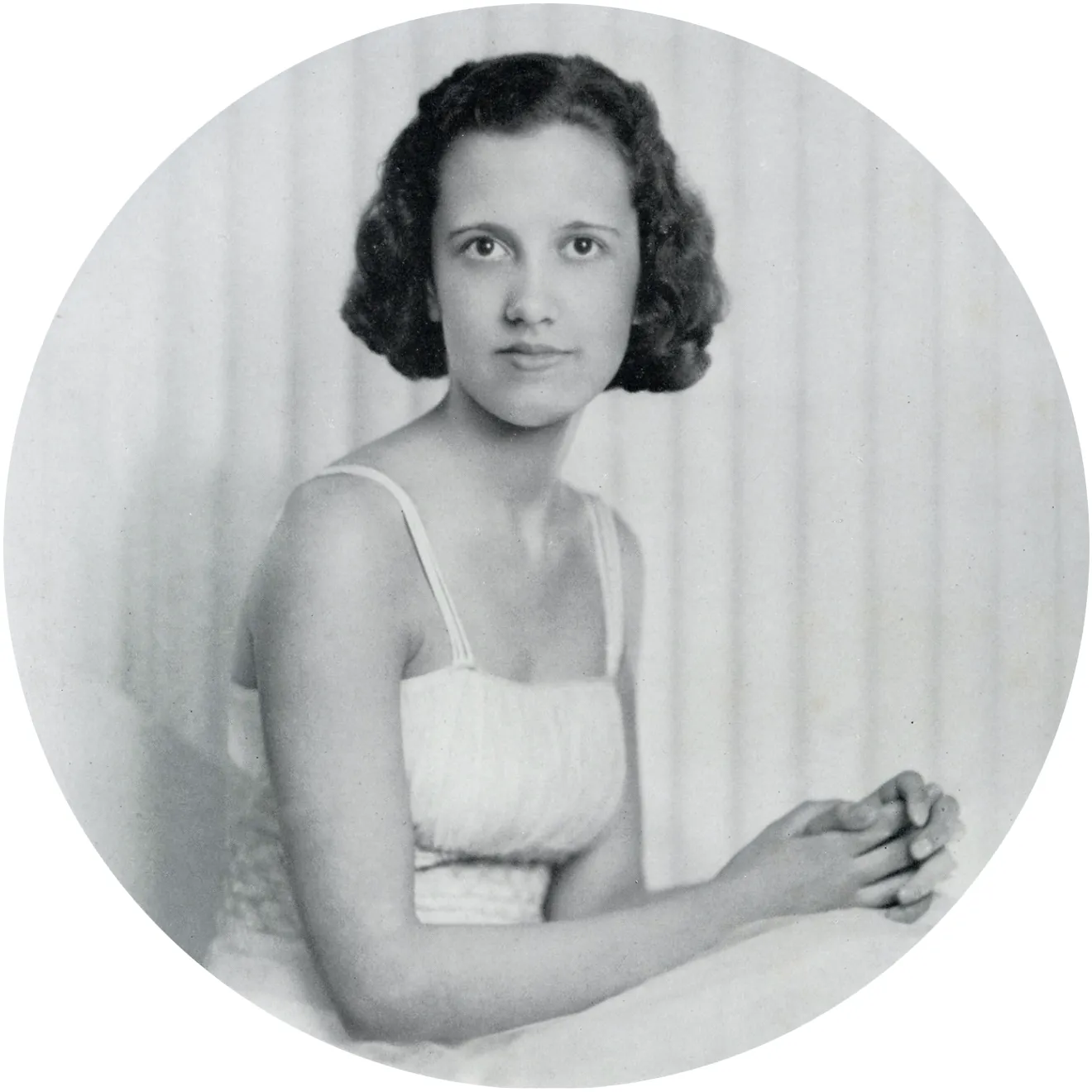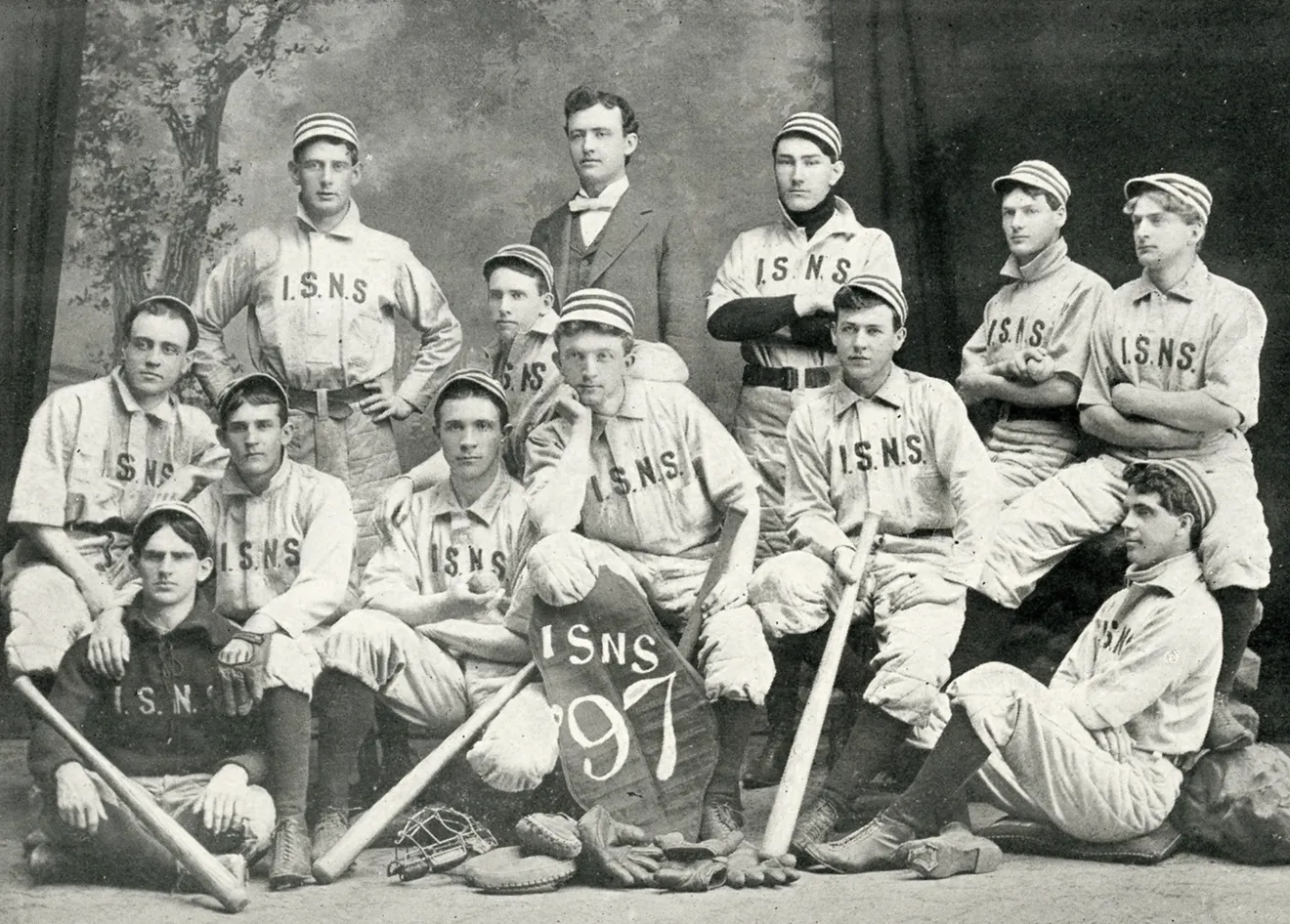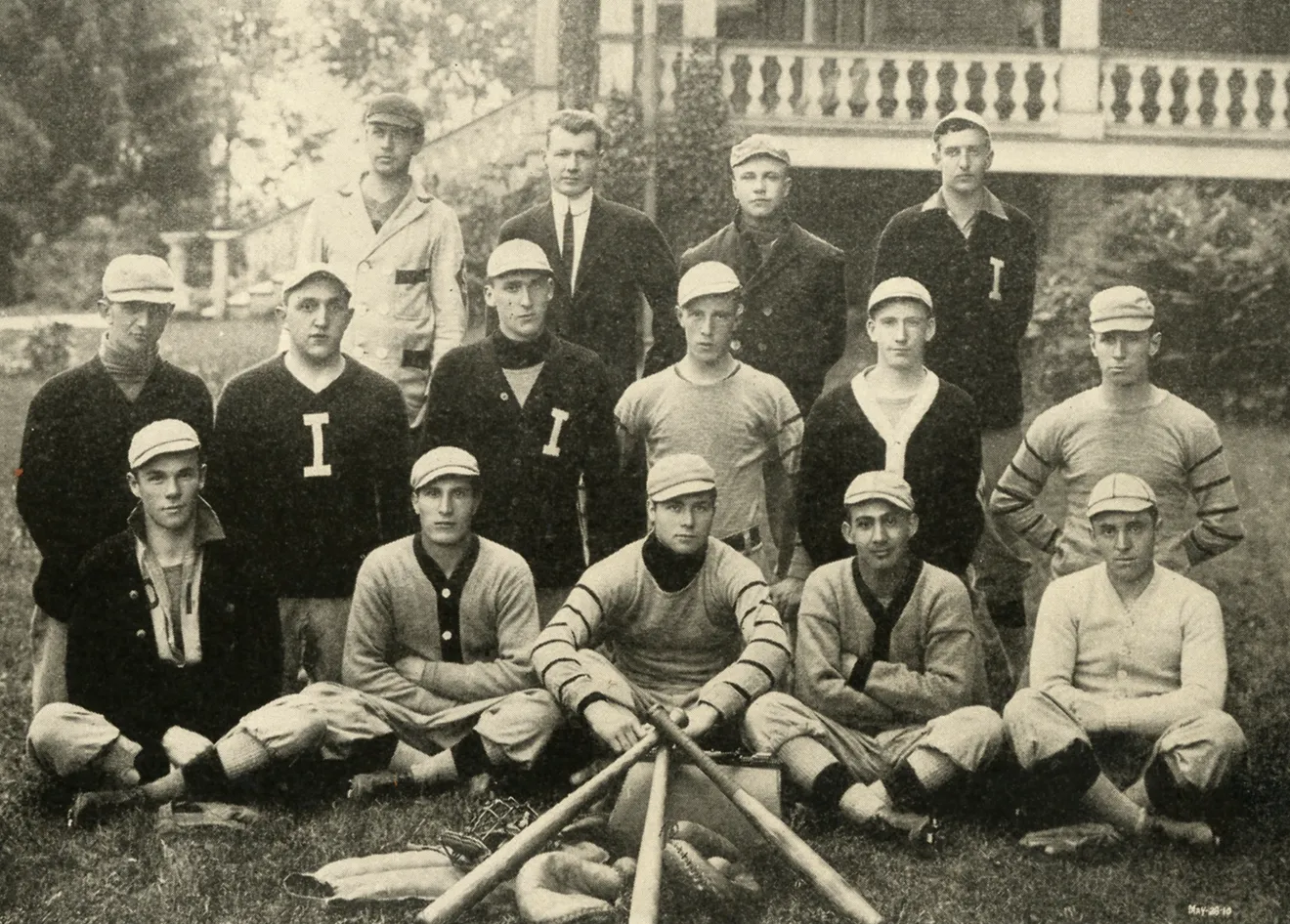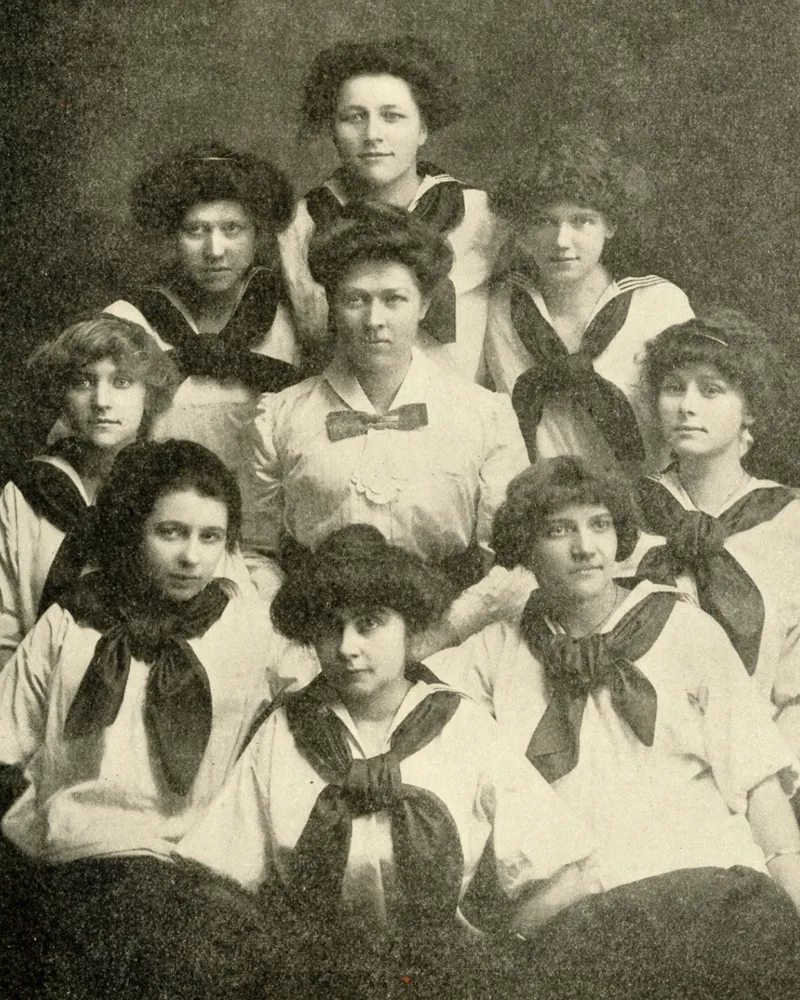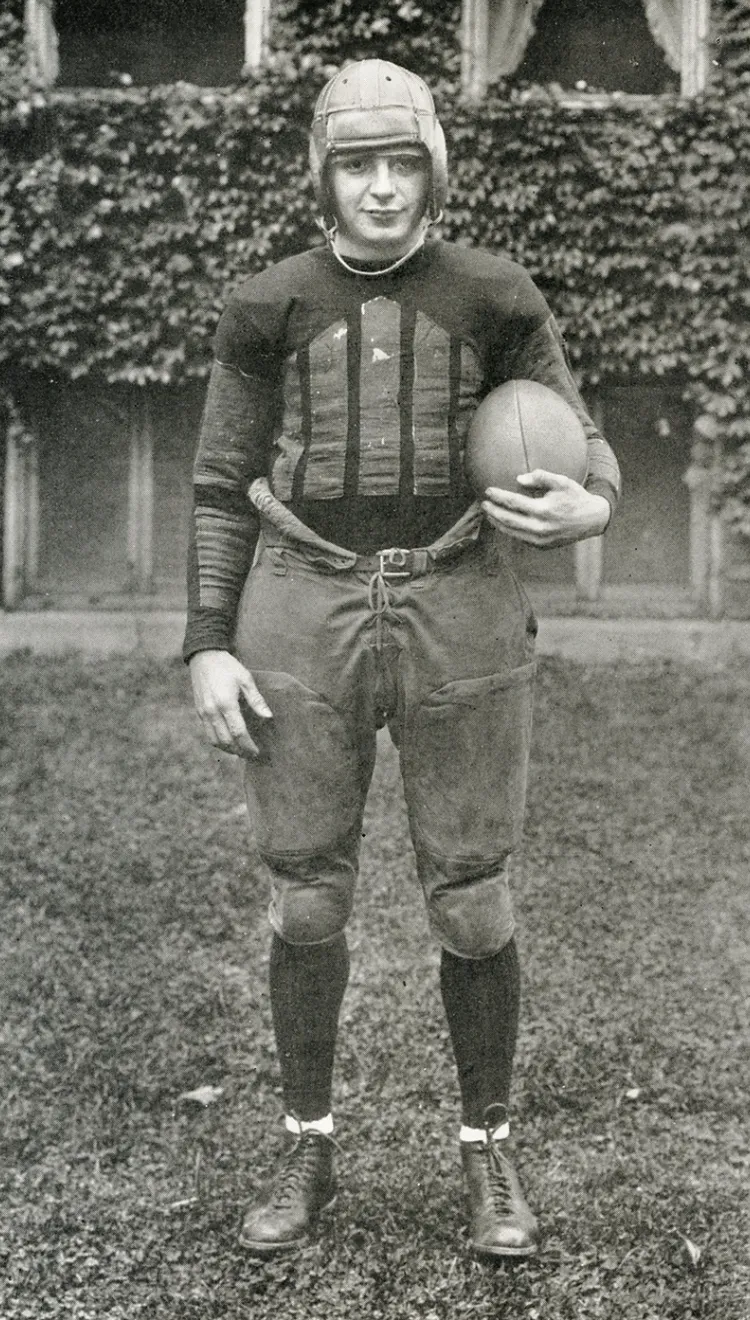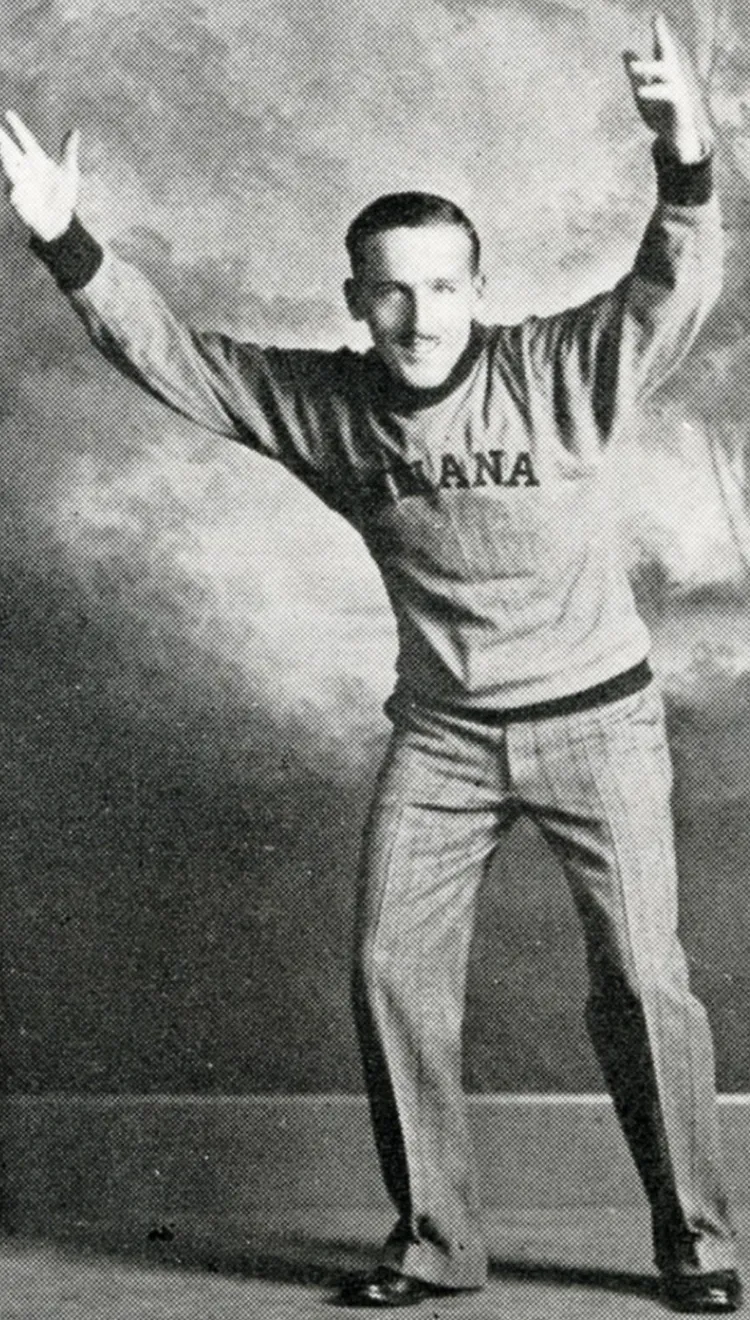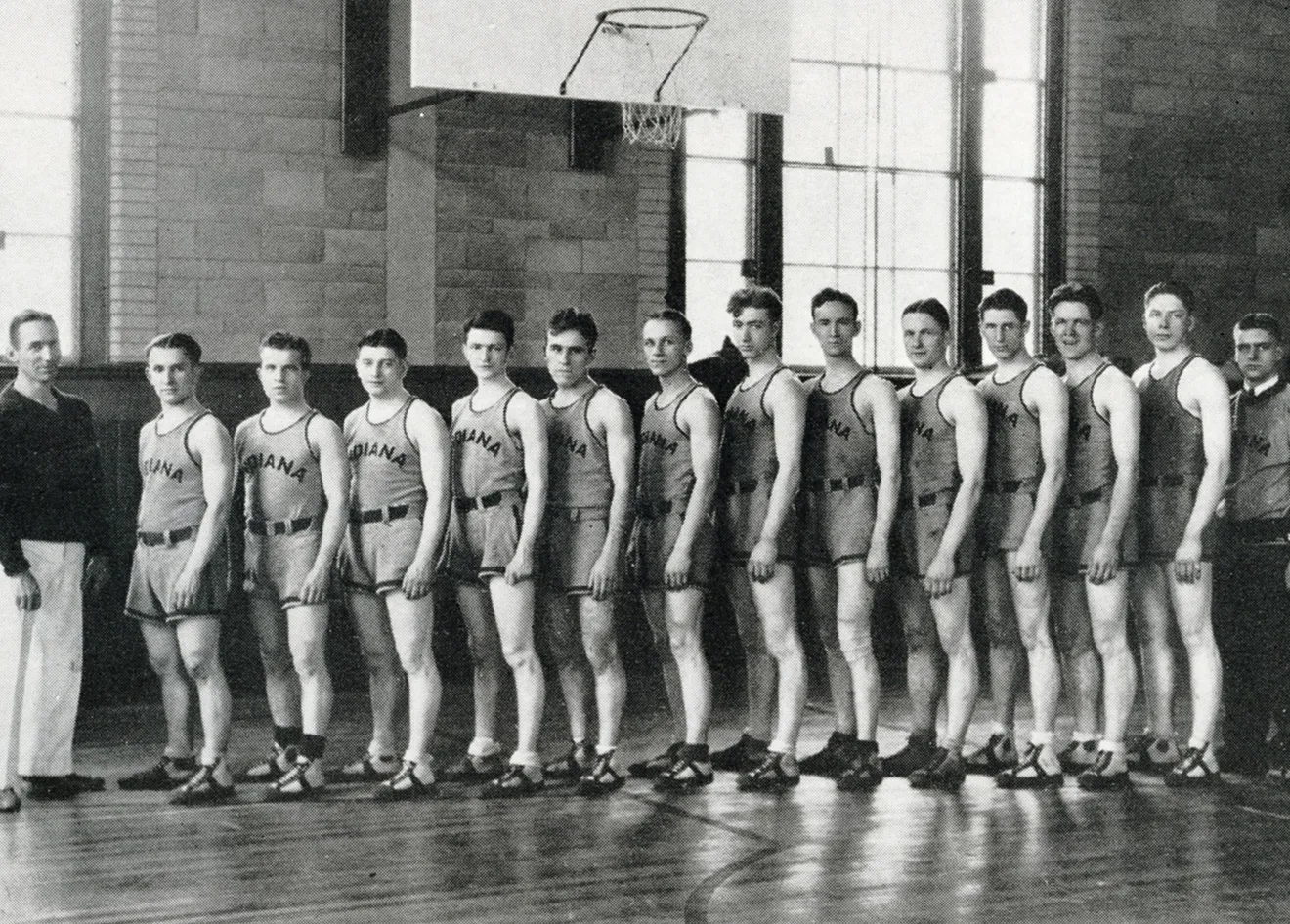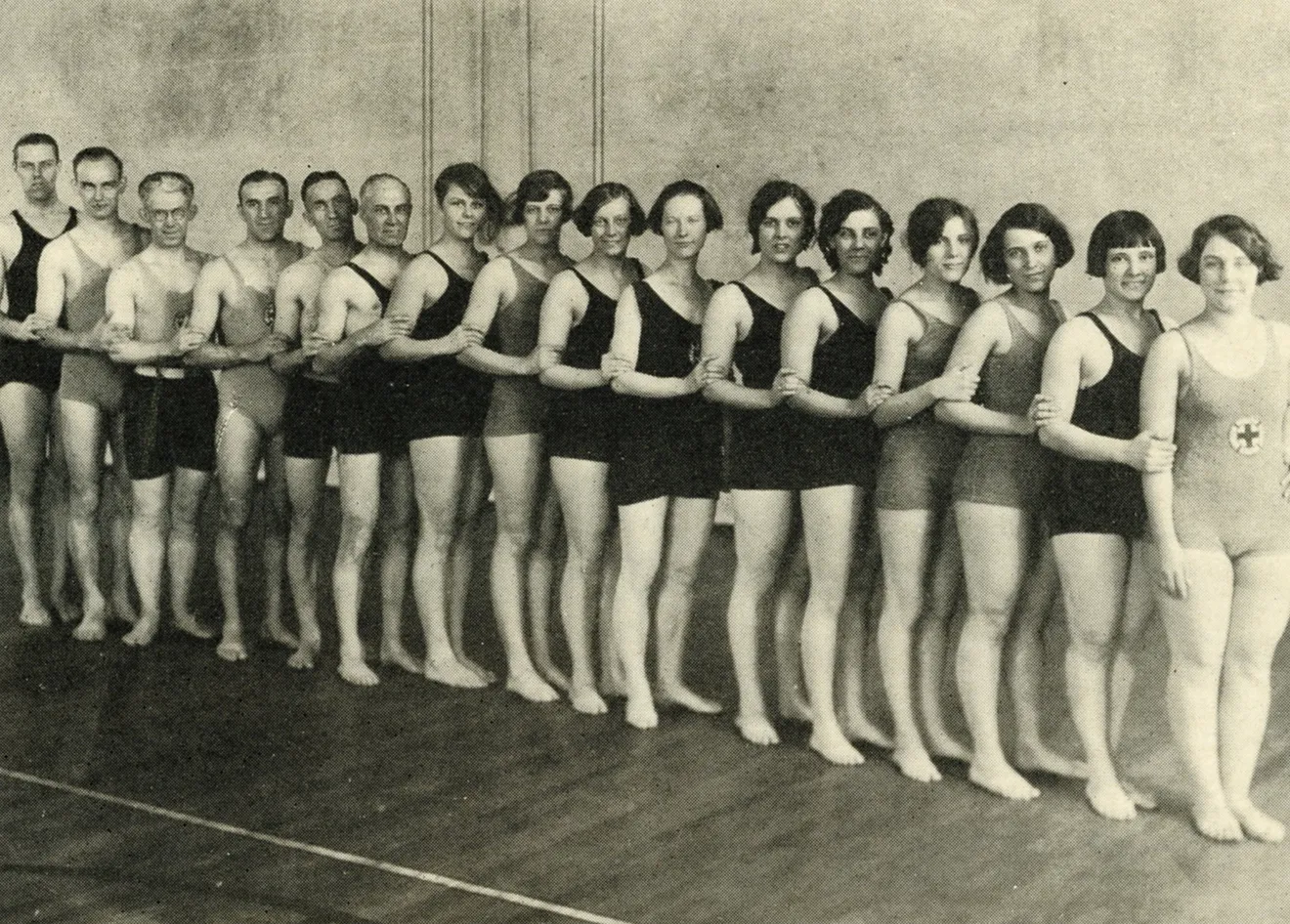A professor in IUP’s Fashion Studies program, Janet Blood gave a presentation last spring on changes in style from the late 1800s at Indiana State Normal School to the 1940s at Indiana State Teachers College. Following are some of her observations from yearbooks. Images were provided by IUP archivist Harrison Wick.
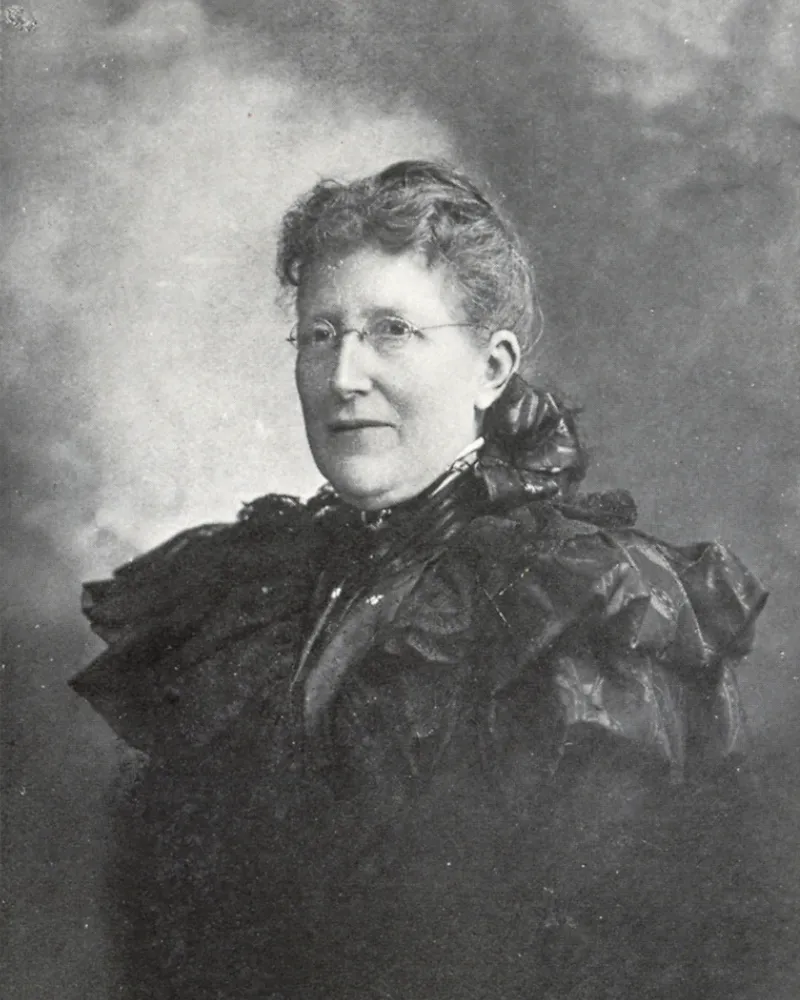
Jane Leonard, 1897—The frills around her neck and shoulders are likely part of a capelet the preceptress is wearing over just a bodice with leg-of-mutton sleeves and a long walking skirt, Blood said. These sleeves were most popular in 1895, but fashion tends to move slowly into rural areas like Indiana, she said.
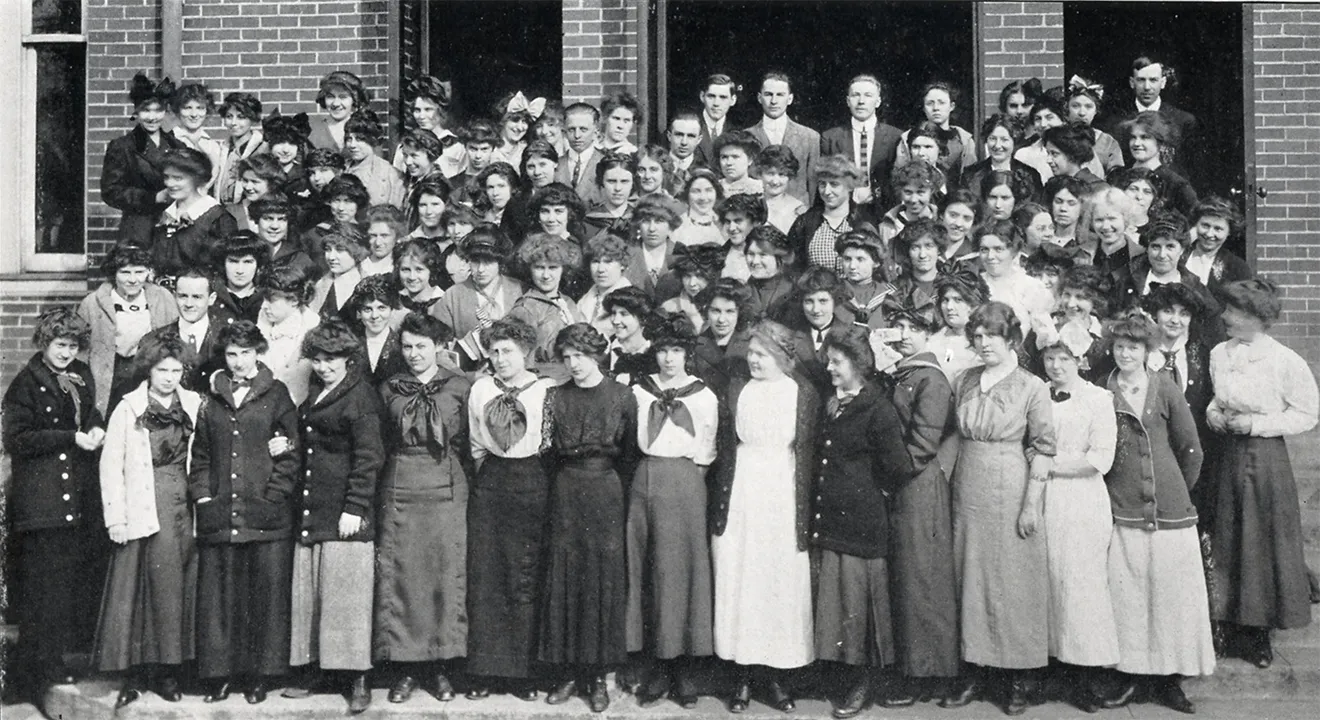
Junior Class, 1913—The silhouettes of these garments show a shift in eras from Titanic to World War I, Blood said. Walking skirts are rising. Women are wearing cardigans, 'whether they're theirs or their beaus.' War is a strong influence on fashion, she added, giving the examples of trench coats and the switch from pocket watches to wrist watches.
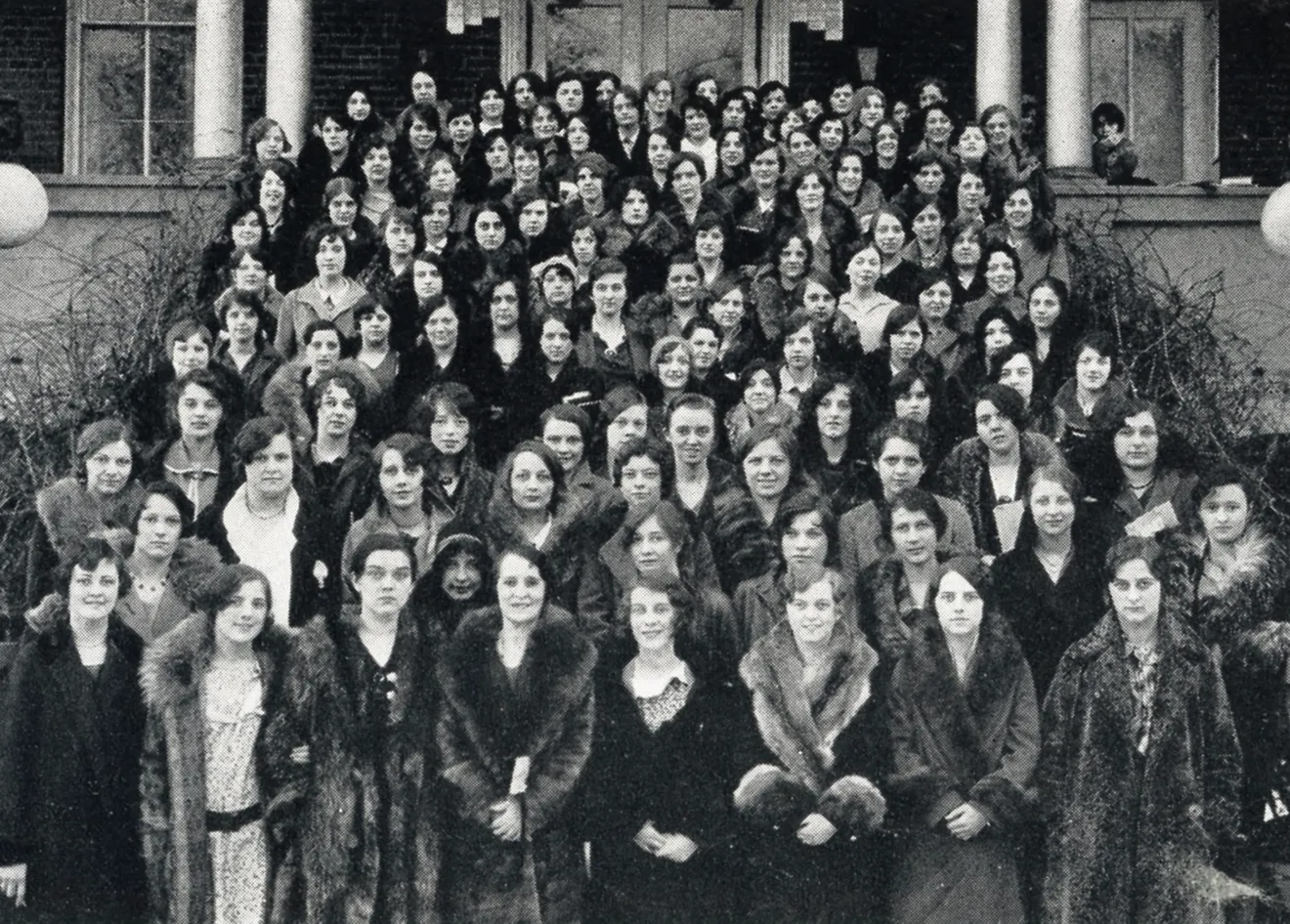
Prigrind Club, 1930—Donning furs on a chilly day were members of the Primary Grade of Indiana Club, for students preparing to teach in elementary schools. “Furs were probably less exclusive than they are today,” Blood said.
Newman Club, 1933 and Sophomore Class Officers, 1938—Garments cut on the bias—with the pattern at a 45-degree angle to the fabric’s weave—created a smoother fit that hugged or softly draped the body. The technique started in the 1920s and remained popular throughout the ’30s, Blood said, pointing to these examples.
Baseball, 1897 and 1911—Athletic uniforms dating back to the late 1800s look similar to outfits people wear today—inside and outside of sports, particularly on the men’s side. “It’s neat to see how sports wear turned into sportswear,” Blood said. “There’s a reason for that.”
The IUP Fashion Studies Historic Costume Collection welcomes donations of key apparel and accessories from all decades, particularly the 1990s through the 2010s. Contact: Dr. Janet Blood, janet.blood@iup.edu
